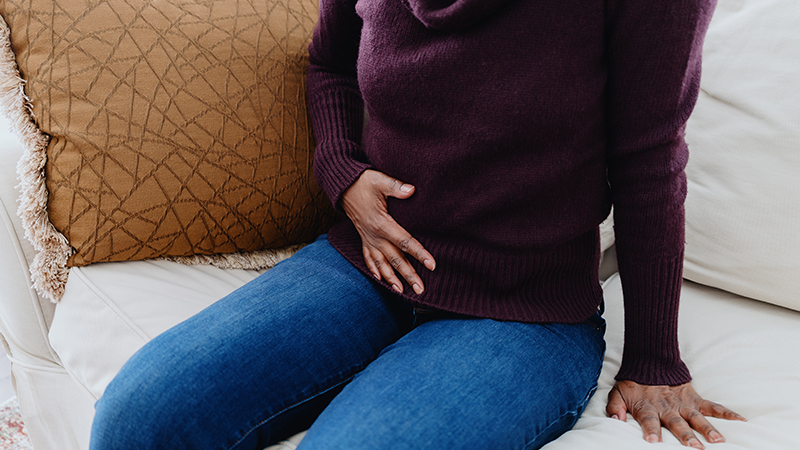Make Meat Safety a Household Priority
How to Safely Handle and Cook Meat
From gatherings that include ham, turkey or roast beef, to informal meals of burgers or steak at a barbecue, meat safety isn’t usually part of the dinner conversation. However, safe meat handling is paramount to safe meat eating, and is something everyone should practice whether it’s in the kitchen or on the grill.
Each year, thousands of people fall sick, some very seriously, from the improper handling, cooking and storage of meat and poultry. These tips can help ensure you and your guests have a memorable meal – for all the right reasons.
Buying
- Always place meat or poultry in a plastic bag to prevent leakage onto other food items, especially raw ones.
- Don’t buy meat or poultry past the sell-by-date. If you’ve bought meat or poultry within a day or two of its sell-date, cook or freeze it right away.
- Don’t buy meat or poultry that feels warm to the touch (it should feel cold). This is a sign of improper refrigeration.
- Meat or poultry should be tightly wrapped and have no tears, punctures or excessive liquid, which can indicate improper storage and temperature.
Storing at Home
- Store at 40 degrees Fahrenheit or below to protect against bacterial growth.
- If you’ll be in your car for a while and have purchased meat or poultry, store it in a portable cooler until you can get it home.
- If you plan to freeze meat or poultry, rewrap it with freezer paper or place in a freezer bag for safe storage.
- Refrigerate or freeze as soon as possible. Put in a storage safe container so the juices don’t leak and contaminate other food.
Preparing
- Always wash your hands with soap and warm water before and after handling meat.
- After cutting raw meat or poultry, use hot, soapy water to wash your cutting area, any utensils and your countertops.
- Marinate meat or poultry in a covered dish or storage bag in your refrigerator.
- Don’t defrost at room temperature. Defrost meat and poultry in your refrigerator. If you thaw in your microwave, do so in its original container and immediately cook it afterward, as some parts may be completely thawed and others not.
Cooking
- Always cook meat and poultry to suggested internal temperatures. See package labeling for specific times. Use a meat thermometer to ensure your meat and poultry have been cooked to their proper temperature.
- When grilling, use a separate plate for raw meat and a new one for your grilled meat.
- You can safely cook frozen meat or poultry in the oven, on the stovetop or on the grill. However, your cooking time may take 50 percent longer. Don’t cook frozen meats in a slow cooker; Harmful bacteria can contaminate the meat before it reaches a safe temperature.
- Do not serve the marinade that was used for your raw meat or poultry.
Eating Leftovers
- Don’t eat any meat or poultry that has sat out for more than two hours – throw it away.
- Use cooked (and properly stored) leftovers within four days.
- Use the “if in doubt, throw it out” rule if you’re not sure whether leftovers are still good to eat.
- Store leftovers in sealed containers and refrigerate right away. Quickly chilling them helps prevent bacteria from growing.
Whether you’re at the store or in your kitchen, practicing meat and poultry safety is essential for preventing illness. Most harmful bacteria can’t be seen, smelled or tasted. In addition, by following the recommendations for proper cooking of your meat and poultry, you can help to ensure the safety of your meal to keep your guests coming back for leftovers.





